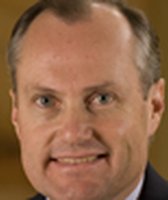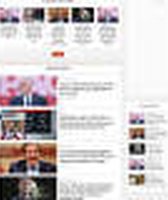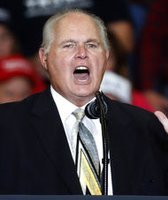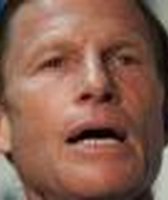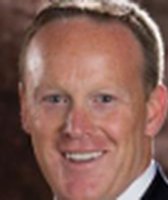Stand up for the facts!
Our only agenda is to publish the truth so you can be an informed participant in democracy.
We need your help.
I would like to contribute
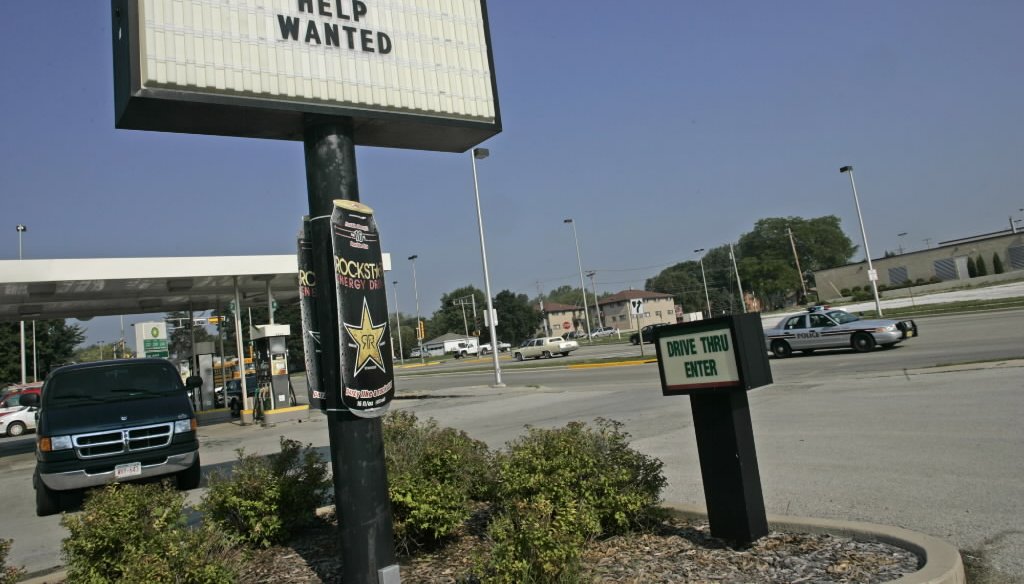
A help wanted sign is seen in the window of a Miami store on Sept. 4, 2015. (Photo by Joe Raedle/Getty Images)
The state of the economy is a perennial issue for voters -- and a talking point for politicians, one they sometimes spin to their advantage. On this Labor Day, we’re taking a look back at some of our recent fact-checks about the labor market and employment statistics.
On the campaign trail, Republican candidate Donald Trump has asserted that he "will be the greatest jobs president that God has ever created." Under the current president, he said, the job market isn’t doing well, despite numbers that say otherwise, Trump says.
"Our real unemployment is anywhere from 18 to 20 percent. Don't believe the 5.6. Don't believe it," Trump said in the speech announcing his campaign.
We’d previously debunked the notion that the government somehow cooks the books when it calculates the unemployment rate. Beyond that, we found that Trump is off-base even if you give him the maximum benefit of the doubt.
The highest official government statistic for under-employment is 10.8 percent. And if you expand the scope beyond that to include other Americans left uncounted in the standard statistics, there’s no plausible way to get it past 16 percent -- and even that’s stretching it. We rated the claim False.
***
Later in the campaign, Trump said, "We have 93 million people out of work. They look for jobs, they give up, and all of a sudden, statistically, they're considered employed."
However, that figure -- and Trump’s explanation -- represents a basic misunderstanding of the labor market. Once you strip out full-time students, senior citizens, the disabled and those who have chosen not to work to take care of their children, a more reasonable estimate of "out of work" Americans is somewhere in the neighborhood of 21 million -- less than a quarter of the 93 million Trump cited.
We also found that Trump is flat wrong when he says the government reclassifies "discouraged workers" -- those who give up looking for work -- as "employed." Given these inaccuracies, we rated this claim False.
***
President Barack Obama scored a better rating on the Truth-O-Meter when he said that "our unemployment rate is now lower than it was before the financial crisis" during his 2015 State of the Union address. Going by the standard measurement of unemployment, he’s right, although alternative measurements weren’t so rosy. We rated that claim Mostly True.
***
Meanwhile, Obama also said, referring to the recovery from the financial crisis, "Over the last few years, we’ve put more people back to work than all the other advanced economies combined." That claim is not so simple.
Since 2009, the United States has created roughly the same number of jobs as the 35 other advanced economies combined. However, this is somewhat expected because the United States has a much larger population than any of the other countries. Also, the labor force participation rate has consistently declined during this period, suggesting that more unemployed Americans are dropping out of the workforce, rather than taking new jobs.
Because Obama’s claim didn’t tell the full story, we rated it Half True.
***
And more recently, Obama offered an overly rosy assessment of the economy on his watch.
In July, he said that "the economy, by every metric, is better than when I came into office." While some of the major economic statistics that have improved, such as the unemployment rate and job creation, certain measures of wages and income, the poverty rate and the duration of unemployment are all worse now than they were when Obama came into office.
The claim was too sweeping, so we rated it Mostly False.
***
One key labor-market statistic -- the labor-force participation rate, or the percentage of the population either working or actively looking for work -- is one of those that Obama’s claim overlooked, and it’s been a target of Republicans for much of Obama’s presidency.
One GOP presidential candidate, Sen. Lindsey Graham, R-S.C.., said the rate isn’t just declining, it’s "at an all-time low." We found that while the rate is at its lowest level in 37 years, the rate was actually lower than it is today between 1948 and 1978. While there are reasons for this -- the labor market is much different today than it was during that period due to the widespread inclusion of women in the workforce -- Graham’s claim was exaggerated, so we rated it Mostly False.
***
Democratic presidential candidate Sen. Bernie Sanders, I-Vt., offered an eye-catching statistic in July, when he said that "the real unemployment rate … is 51 percent" for black people between 17 and 20 years old.
Sanders’ terminology was off, but his numbers checked out, and his general point was correct -- that in an apples-to-apples comparison, black youth have significantly worse prospects in the job market than either Hispanics or whites do. The statement was accurate but needs clarification or additional information, so we rated it Mostly True.
***
Finally, we’ll wrap up with a work-related claim that comes frequently.
Obama said in 2012 that "women (are) paid 77 cents on the dollar for doing the same work as men." The 77 cents on the dollar gap between men and women exists (though it’s improved ever so slightly since then). But Obama was incorrect when he said the gap refers to pay for the same work.
The 77-cent comparison refers to overall pay rates for women and men -- in all jobs, not as a comparison of identical jobs. This pay gap for women likely stems from a historical legacy of discrimination and because of women’s personal choices on what careers to pursue and what work schedules to accept, making women and men’s work patterns different.
If you look instead at men and women working in the same professions, and especially with similar levels of seniority and qualifications, the pay gap is much smaller.
Because Obama went too far in saying "for doing the same work as men," we rated this Mostly False.
Our Sources
See individual fact-checks for sources.



